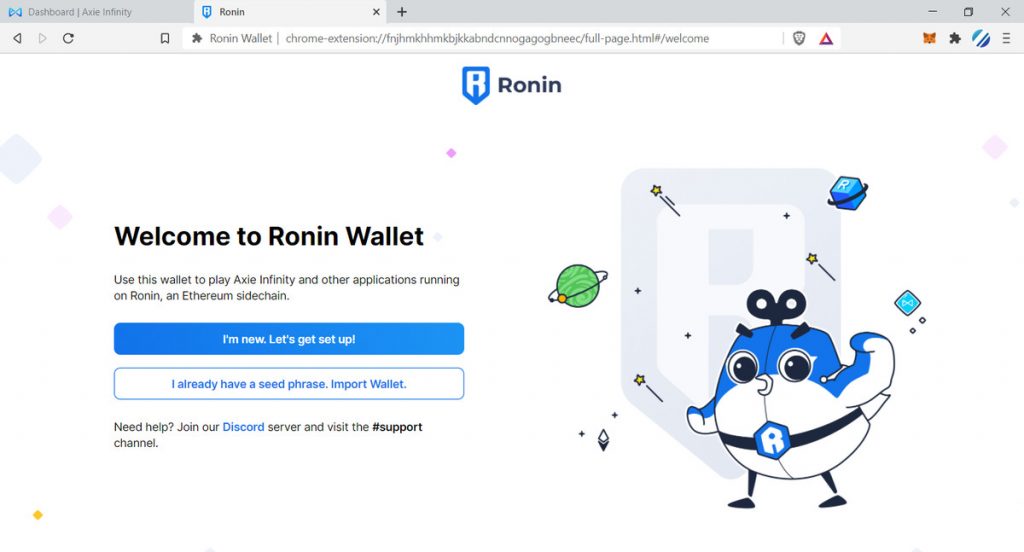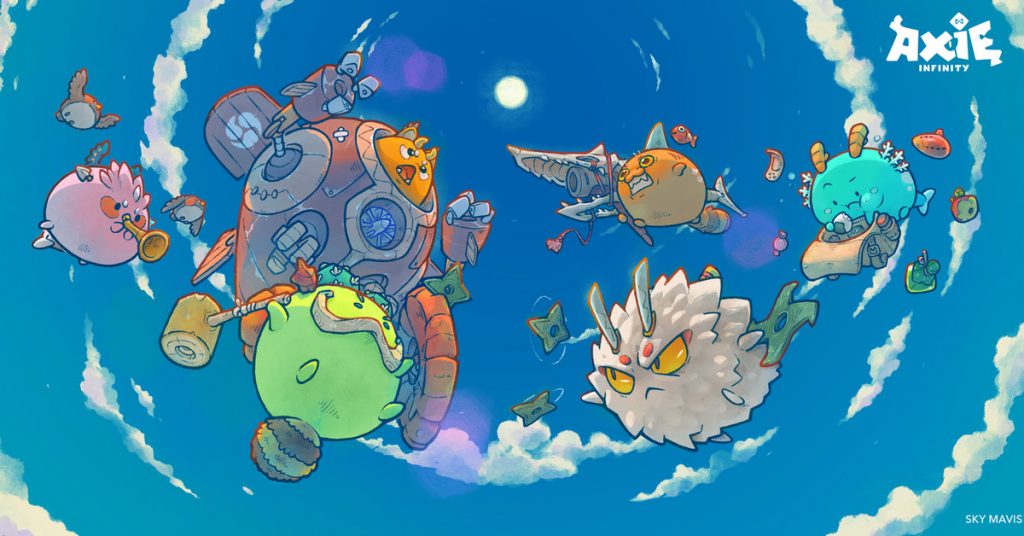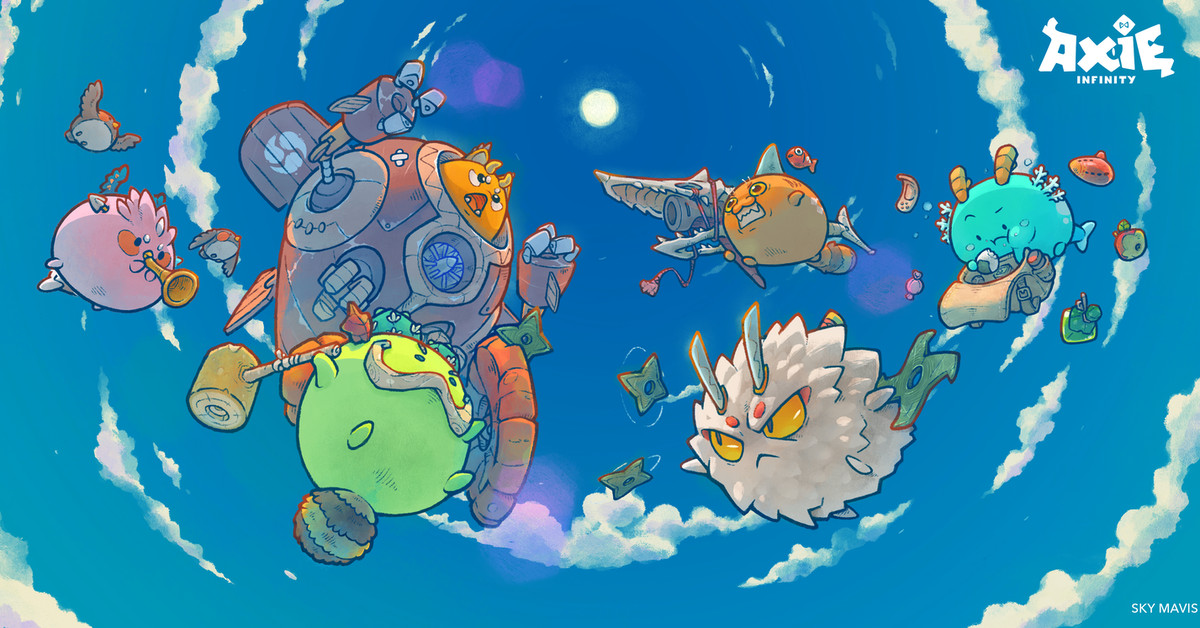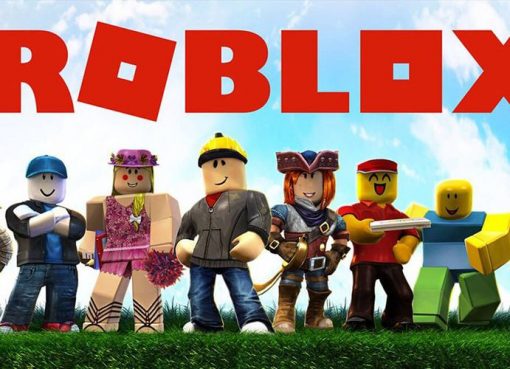Last month I wrote about Loot, a viral social project like nothing I had seen before. What made it possible was the unique digital objects known as non-fungible tokens, or NFTs, which inspired the Loot community to go build an entire fictional universe around them from the bottom up. Today I want to talk about another big social experiment that NFTs have enabled, and the potentially profound consequences of the platform that is emerging as a result.
I realize that, for lots of you, talk of blockchain projects immediately triggers eye-rolling and tab closing. But as with Loot, today’s edition is about one of those unconventional startups that feels too interesting to ignore. Especially because, on the surface, it can look like little more than a cheap Pokémon clone.

The name of this thing is Axie Infinity, and it’s made by a Vietnam-based company named Sky Mavis. Last week it was in the news because, just five months after raising a $7.5 million round of Series A funding, Sky Mavis added an additional $152 million Series B led by Andreessen Horowitz. The company, which was founded in 2018, is now valued at $3 billion.
The fundraising isn’t the interesting part: in 2021, almost any crypto-branded project showing decent growth will find itself showered in venture capital. Axie is interesting because it’s using cryptocurrency to stand up a new kind of video game, one in which you can earn meaningful income just by playing. The game is surrounded by a community that holds a financial stake in Axie via the game’s two currencies, which they can use to influence its development.
In short, it’s a social network where all the participants are buying and selling goods with real money. We have a word for that, one that we would almost never apply to a web-based social network: an economy. And if Axie continues to grow at its current rate, that’s poised to have some fascinating implications.

“Axie is just the beginning,” said Arianna Simpson, a partner at Andreessen Horowitz who led the firm’s Axie investment. “Axie sort of created this model, but I think it’s going to be extremely widely applied … If I can play a game, and have an equivalent amount of fun, and also make money — well obviously I’d rather do that, right? And so I think Axie is really just defining a new category, and this mechanism, in my mind, is going to be baked into the coming generations of games.”
But let’s back up for a minute: what kind of game is Axie Infinity, exactly? In short, it’s Pokémon on the blockchain. (It’s not available in app stores; you either download Axie onto your desktop or sideload it onto your Android phone.) The game offers turn-based combat between teams of three cartoon monsters, known as Axies; each Axie has powers originating from their type (bug, bird, plant, etc.) and their various body parts.
Where it differs from Pokémon is that Axies are unique digital objects stored on Axie’s own blockchain; to create new ones, existing owners must “breed” them by spending currency earned within the game or purchased from an exchange. By winning battles in the game, or selling Axies to other players, owners can earn the game’s currencies. Those earnings can then be sold on the open market for real money, generating income for the players.

Dedicated players are now earning thousands of dollars a month playing Axie, and the platform has grown quickly, to 1.8 million users logged in to the platform in August. As Rest of World reported in August, this has proven particularly true in the Philippines, where 40 percent of today’s Axie players are based. The combination of existing low wages in the country and pandemic-related lockdowns has been a boon to Axie, as players have flocked to the game in search of economic opportunity.
(The outlet interviewed one man who doubled his income selling feed by playing Axie, to $2,000 a month; a follow-up story explored how the country’s Bureau of Internal Revenue is now hounding players to pay their taxes.)
in some places in the Philippines, people are paying their rent with the game’s SLP token.
One stat that struck me: Sky Mavis says 25 percent of its players have never had a bank before, meaning their Axie wallets are the first financial services they’ve been able to access. Simpson told me that in some places in the Philippines, people are paying their rent with the game’s SLP token. That helps explain how Axie’s total trading volume now exceeds $2.4 billion.
I asked Aleksander Larsen, co-founder and chief operating officer of Sky Mavis, why he thought Axie had grown so much faster than other crypto projects. In short, he said, Axie nailed the financial incentives: they gave players a good monetary reason to play.
“The way crypto works is that you have something to gain by it, right?” he said. “I think that’s really where it started. And then over the past couple of years, more and more people have have started to believe in our vision.”
The company also made smart technical decisions: for example, moving the game’s transactions to a dedicated “side chain” that enables the game to use the basic structure of Ethereum without processing transactions there, which can be slow and expensive.
The question is how much bigger Axie can get from here. While the economic incentives can be powerful, particularly in developing countries, there’s no getting around the fact that playing Axie today is onerous. The eight-step process described in the company’s online guide involves downloading not one but two crypto wallets; buying and depositing Ethereum onto the company’s own blockchain; and purchasing at least three Axies, among other tasks.
There are a lot of upfront costs: Rest of World estimates that it currently costs around $1,500 to buy into the game. (I haven’t yet made the leap myself.) In the Philippines, companies are now loaning out Axies to other players in exchange for 30 percent of their earnings.
Larsen is the first to admit that the current setup is complicated. He likened it to “swimming out to an island” just to play.
“Axie is totally isolated out there — you have to do all this hard stuff to get there,” he said. “And yet people are willing to do that.”
But a change is coming, he told me. The company is currently at work on a free-to-play version of Axie that, at least theoretically, could pass muster in the Google Play Store or Apple’s App Store.
It should be available within three or four months, Larsen said. He said he was hopeful that the growing popularity of the app would give Sky Mavis leverage with Apple as it navigates app store policies. To date, so far as I can tell, there’s no iOS app for buying and selling NFTs. (Some, like OpenSea’s, simply least showcase the ones you own.)
The dream is to eliminate everything that’s hard about playing Axie and welcome in the rest of the world. Larsen hopes that in a future version of the game, you’ll be able to acquire your blockchain assets with a single click and start playing.
“That’s the dream, obviously,” he said. “That’s what I’m working for. And when that moment in time hits, I think we can get to 2 billion people.”
In the meantime, Axie is developing a way for people to buy virtual plots of lands in its fictional setting, the aptly named Lunacia, and eventually hopes to become a platform for games and experiences akin to Roblox.
What will it mean to live in a world where average people can make a little money — or even a lot of money — playing games?
But let’s fast-forward a few years to a point when Apple and the crypto companies have worked something out. What will it mean to live in a world where average people can make a little money — or even a lot of money — playing games? How will it affect what kinds of games get built? Will it gradually siphon the attention of people who might have otherwise spent their time thumbing through feeds, mindlessly enriching the platform?
It’s too soon to say, of course, but sometime this summer, these questions stopped feeling like sci-fi to me. I don’t know whether Axie Infinity is the next Fortnite. But I do believe that the phenomenon playing out in the Philippines today will be coming to other countries — possibly even more developed countries — in the not too distant future.
And when it arrives, the idea of playing to earn might bring a lot of people into crypto along with it.
This column was co-published with Platformer, a daily newsletter about Big Tech and democracy.



